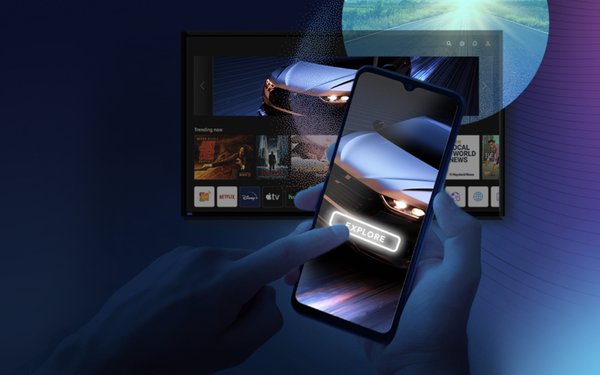COMMENTARY
Embracing Psychology in A Post-Keyword Age
- by Brooke Abbott , May 10, 2024
The following was previously published in an earlier edition of Marketing Insider.
Pay-per-click has relied on the precise and strategic use of keywords, forming the foundation of campaigns and signaling user intent. Marketers have spent countless hours understanding search intent based on keywords to build successful campaigns. Measuring keywords as an indicator of success has only furthered marketers' reliance on keywords as measures of success. As Google encourages its proprietary AI measurement solutions to improve consumer privacy, we will no longer measure performance as 1:1 to keywords.
Additionally, Google’s pressure to limit transparency and control is a standard frustration among paid search professionals. For example, PMAX campaigns have sunsetted the need for keywords.
Alongside this, Google has provided low visibility into ad placements. With the release of PMAX, the writing is on the wall, and the loss of keywords is on the horizon.
What’s our option when keywords die? The answer is evident: audiences. The solution is to prioritize the underlying psychological drivers of customers in your paid search strategies. An audience-based approach will safeguard your paid search strategy when keywords are extinct.
Why Audience-First Strategy is Crucial for Paid Search Success
Audience segments, like in-market or affinity lists, have been secondary factors in understanding intent. We must start rethinking how we approach search intent: audiences first, keywords second. Search demand will begin to mimic other higher funnel strategies, relying on context and behavioral cues. How can we begin to humanize our customers in the paid search space? One tool is Resonate, an AI-based research item that surfaces insight into customer psychographics, supporting an audience-based approach.
Consider this: when did you last spend over five seconds before feeling or taking action? We are programmed to avoid harm and discomfort because of our primitive unconscious brain. “Probably 95% of all cognition, all the thinking that drives our decisions and behaviors, occurs unconsciously—and that includes consumer decision,” Harvard Business School professor Gerald Zaltman told the Harvard Business Review.
If 95% of our actions are based on automatic judgments and attitudes, how customers respond to our presence online is fundamental in driving actions: For us, that’s ad copy and landing pages.
Section: Crafting Effective Copy for Targeting Audience Intent Buying
Preparing for audience intent buying in paid search begins with ad copy. Do not assume you know what your customers’ unconscious beliefs are; your assumptions are likely incorrect. With the right ad copy, we can create a feedback loop for Google to serve ads to the right customers.
Our team tested this theory and observed promising results by including a persona-focused copy.
Next, craft consistent language from the ad to a landing page. Humans have limited processing power and often fail to think rationally. Lower the effort required to encourage conversions. If your ad copy promises something, don't force added effort on landing pages.
The death of keywords is not the end of PPC but the beginning of a more intuitive, human-centric approach. Getting curious about your customers is the first step. Then comes investing in solutions that reveal the human behind the device. Ensure your business has first-party data to establish audiences. Second, develop content and copy that addresses those audiences in your campaigns. This will give you the upper hand against algorithms.






